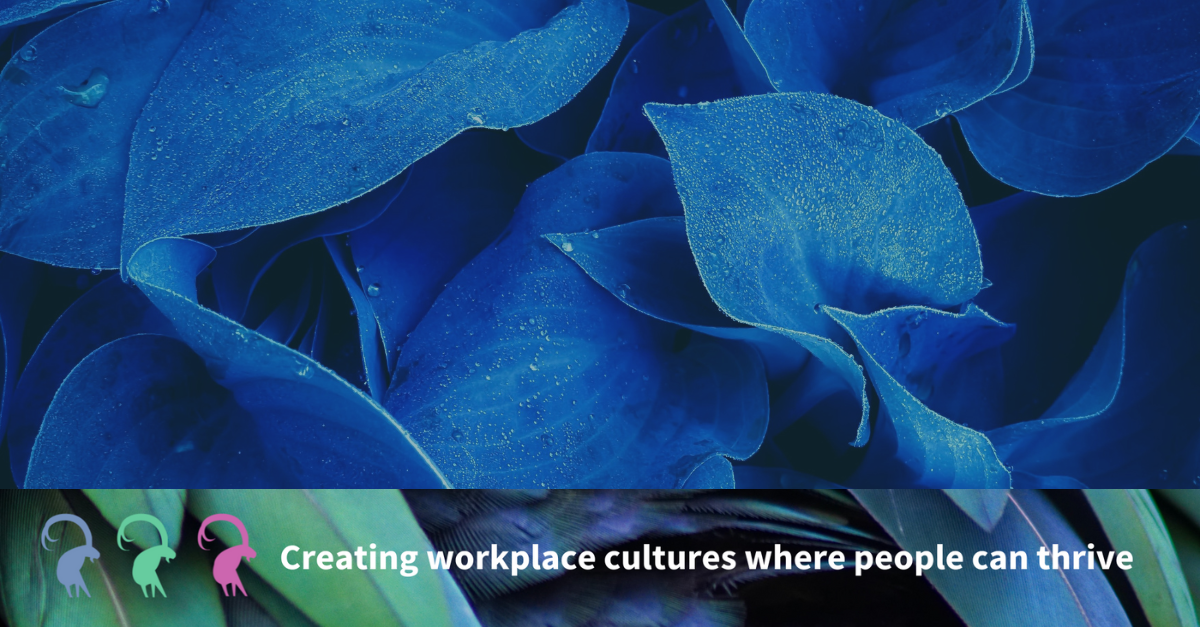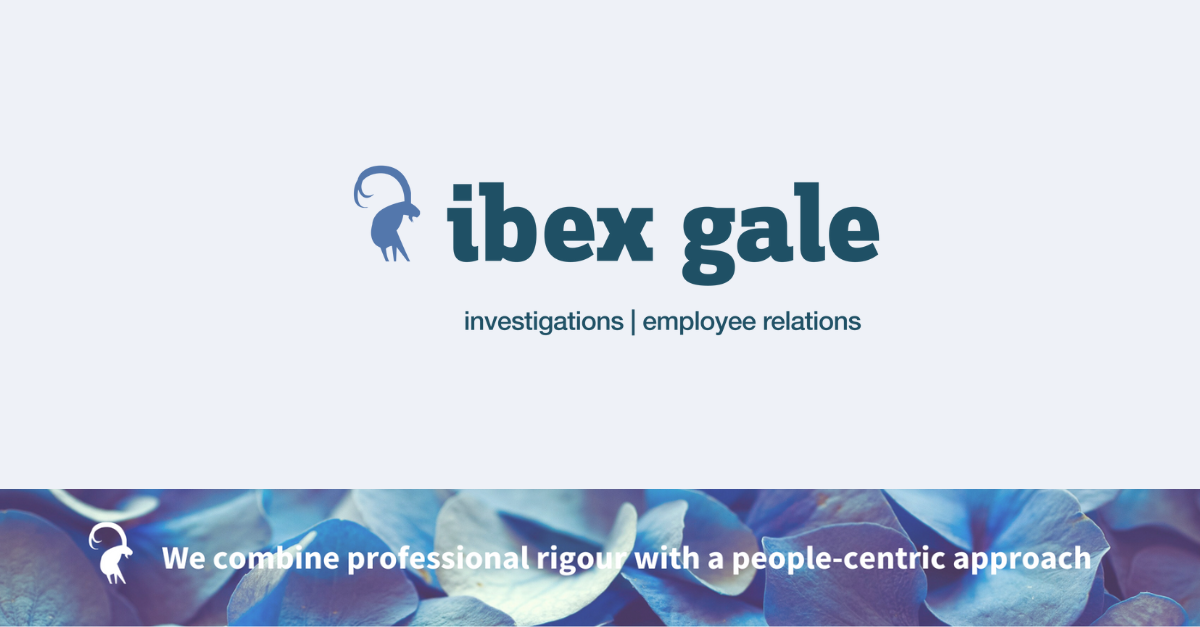Workplace investigations play an important role in maintaining a safe and fair work environment, and it is essential that investigations are carried out objectively and free from bias. However, without adequate training and awareness, unconscious bias can creep into investigations and, when it does, skewed or inaccurate perceptions and unintentional discrimination can impact on the integrity of the entire investigation. To put it simply, unconscious bias is a potential barrier to objective and impartial workplace investigations, exposing an organisation to legal risk as well as reputational damage.
Bias in workplace investigations can have serious and far-reaching consequences, potentially impacting the livelihoods and wellbeing of employees, as well as damaging the culture of an organisation and its long-term ability to recruit and retain staff. Where employees perceive there to be bias in an investigation (unconscious or otherwise), they will almost certainly lose faith in the process. By putting in place measures to mitigate unconscious bias from the outset, the employer is openly recognising that it may be present and is taking steps to ensure that the investigation will be fair, impartial and delivered with integrity.
Where employees view processes as being transparent and fair, they are more likely to trust the process and feel safe and confident to raise issues, which in turn helps foster a physically and psychologically safe working environment, and a positive culture.
What is unconscious bias?
The term is broadly used to describe the automatic assumptions or thoughts held by people outside their conscious awareness. Often based on social stereotypes about particular groups of people, examples of unconscious bias include a tendency to favour people who look like you, sound like you, who come from a similar socio-economic background to you, or perhaps share your belief system. These unconscious assumptions, thoughts or stereotypes can influence an individual’s behaviour or attitude even though they are often inaccurate.
How to mitigate unconscious bias in workplace investigations
To set up and deliver an investigation that is fair, impartial and objective, there are eight essential steps that an employer must take:
1. Recognise and acknowledge that unconscious bias exists
The first step in removing unconscious bias is for organisations and individuals to acknowledge its existence. It is crucial that those who commission and undertake investigations understand what unconscious bias is and how it can negatively affect investigations. The investigators themselves must be able to accurately reflect on their personal biases and recognise how these might impact an investigation, alongside having the right skills to prevent any bias from creeping into the investigation. Regular high quality training for workplace investigators, whilst not an off-the-shelf quick fix, can help people to recognise and challenge their own biases and learn effective strategies to ensure that their decision-making is completely impartial.
Ethically, organisations have a broader responsibility to address and remove unconscious bias from the workplace, and separate to any investigations, all organisations would benefit from raising awareness of, and providing employees with training about, unconscious bias. Not only does this encourage better communication between colleagues and improve employee engagement; it also contributes towards a more positive and productive working environment, and a healthy workplace culture.
2. Investigator selection
Whether an organisation is appointing an investigator from within their own team or bringing in an independent specialist to conduct the investigation, selecting a person who can deliver a completely impartial investigation, free from any bias, is absolutely essential.
But how can you be sure that your investigation will be conducted and delivered fairly? As in any profession, people can unconsciously gravitate towards projects that involve individuals or situations that align with their personal characteristics or potential preconceptions. Careful consideration should therefore be given to choosing the team or the person who will conduct your investigation. Ironically, choosing someone whose experiences align with people who will be part of the investigation can in fact introduce unconscious bias, even though the intention might be to mitigate against it.
Organisations should seek to appoint an investigator who has the right blend of professional expertise and experience. A key factor in selecting the right investigator should be evidence of regular and appropriate training in conducting fair and impartial investigations, with a focus on recognising and eliminating bias of all kinds, including unconscious bias.
Ensuring investigations teams are made up of individuals with varied genders, cultural backgrounds, and educational experiences can naturally help to counter unconscious bias. A variation of perspectives can enrich the investigations process and help to challenge assumptions and individual biases, particularly in the way evidence is interpreted.
3. Standardised procedures
Having transparent disciplinary and grievance procedures can help an organisation mitigate unconscious bias. For example, procedures that allow for the investigation, decision and appeal to be heard by different people, and that allow employees the right to be accompanied during interviews and hearings, increase transparency and can reduce the potential of unconscious bias to adversely affect outcomes.
Insufficiently trained investigators could unconsciously overlook relevant information or give undue weight to certain evidence due to their pre-existing beliefs, which might then in turn affect the integrity of the evidence collected. Particularly if using an in-house investigator, having a structured and transparent system for gathering evidence, interviewing witnesses, and analysing information can reduce the influence of personal bias in the investigation process and promote consistency and objectivity.
4. Interview technique
During investigation interviews, investigators should avoid where possible using leading questions or framing questions in a way which elicit responses that confirms a bias at the expense of conducting a neutral inquiry. If investigation interviews are consciously conducted in a neutral and psychologically safe manner, the information gathered is far less likely to be tainted by unconscious bias.
5. Limited contact with parties involved in an investigation
Each participant in an investigation could be biased about what happened, which can influence the lens through which an investigation is viewed, thus leading an investigator to make subconscious assumptions about certain events or people. Whilst it would not be appropriate to avoid all contact between those involved in an investigation and the investigator, minimising contact about the substance of the issues (outside of formal interviews) can help prevent the investigator from being exposed to biased opinions and subconsciously accepting them. This is particularly relevant if an in-house investigator is appointed.
Similarly, an experienced investigator will set the chronology of an investigation to try to limit the amount of evidence they review before beginning face-to-face interviews. Reviewing too much evidence before the interviews begin can influence the way an investigator subconsciously feels about those involved, before hearing verbal accounts and evidence.
6. Checks and balances
Organisations that promote a culture of healthy reflection and feedback facilitate the safe challenge of personal biases by helping individuals to recognise and remove bias within their working environment. Establishing a ‘check and balance network’ during an investigation will provide regular opportunities to pause, reflect, challenge and mitigate any potential bias within the investigation team. This is not unique to in-house investigations – even the most experienced independent investigator should have a check and balance network.
At ibex gale, throughout a workplace investigation, including during the development of the investigation report, the investigator has access to a network of colleagues who will peer review their approach, analysis of evidence, and findings. This additional layer of scrutiny helps to ensure that the investigation is sound and that the report is evidence-based and completely free from bias.
7. Reaching a conclusion
Investigators should not rush the process whereby evidence is analysed and findings and conclusions are reached. This final stage in any workplace investigation process provides a crucial opportunity to review the whole process through a fully impartial lens. If at any point the investigator feels that bias, unconscious or otherwise, has crept into the investigation process, they are morally and ethically obliged to return to that part of the investigation to ensure absolute impartiality, ensuring that a fair conclusion is ultimately reached, based solely on evidence and fact.
8. Continuous reflection and evaluation
Organisations that make a commitment to recognise and remove unconscious bias from the workplace must nurture an environment of continuous reflection. Since unconscious biases are held by individuals, and employees come and go from organisations, this commitment must be ongoing in order to be effective.
Larger organisations, by the nature of their size, typically undertake a higher number of workplace investigations and are therefore advised to track and monitor the outcomes of investigations in order to keep a watchful eye for systemic bias, which are the barriers maintained by institutions rather than by individuals. This is particularly important for organisations that appoint in-house investigators. In addition, reviewing processes and obtaining feedback from external stakeholders can help identify patterns of bias that may not be immediately evident.
Conclusion
Organisations can choose to proactively minimise the impact of unconscious bias in the workplace, and ensure the integrity of investigations, by raising awareness of unconscious bias through training and open dialogue, recognising that it exists, and understanding how it can negatively impact organisational culture and investigations.
By implementing structured and transparent processes that contain regular checks and balances, and by encouraging ongoing reflection and feedback within an inclusive and safe environment, employees are able to speak openly and constructively with a shared determination to remove bias from the workplace. An organisation-wide commitment to reduce and remove unconscious bias not only improves investigations; it also builds trust in the organisation and its systems, leading to a more engaged, productive workforce.
If you’d like to find out how we could support your organisation in a workplace investigation, please get in touch at contactus@ibexgale.com or on 0117 251 0566
Author: Ruth Clacey-Roberts, Head of Quality Assurance & Client Experience




